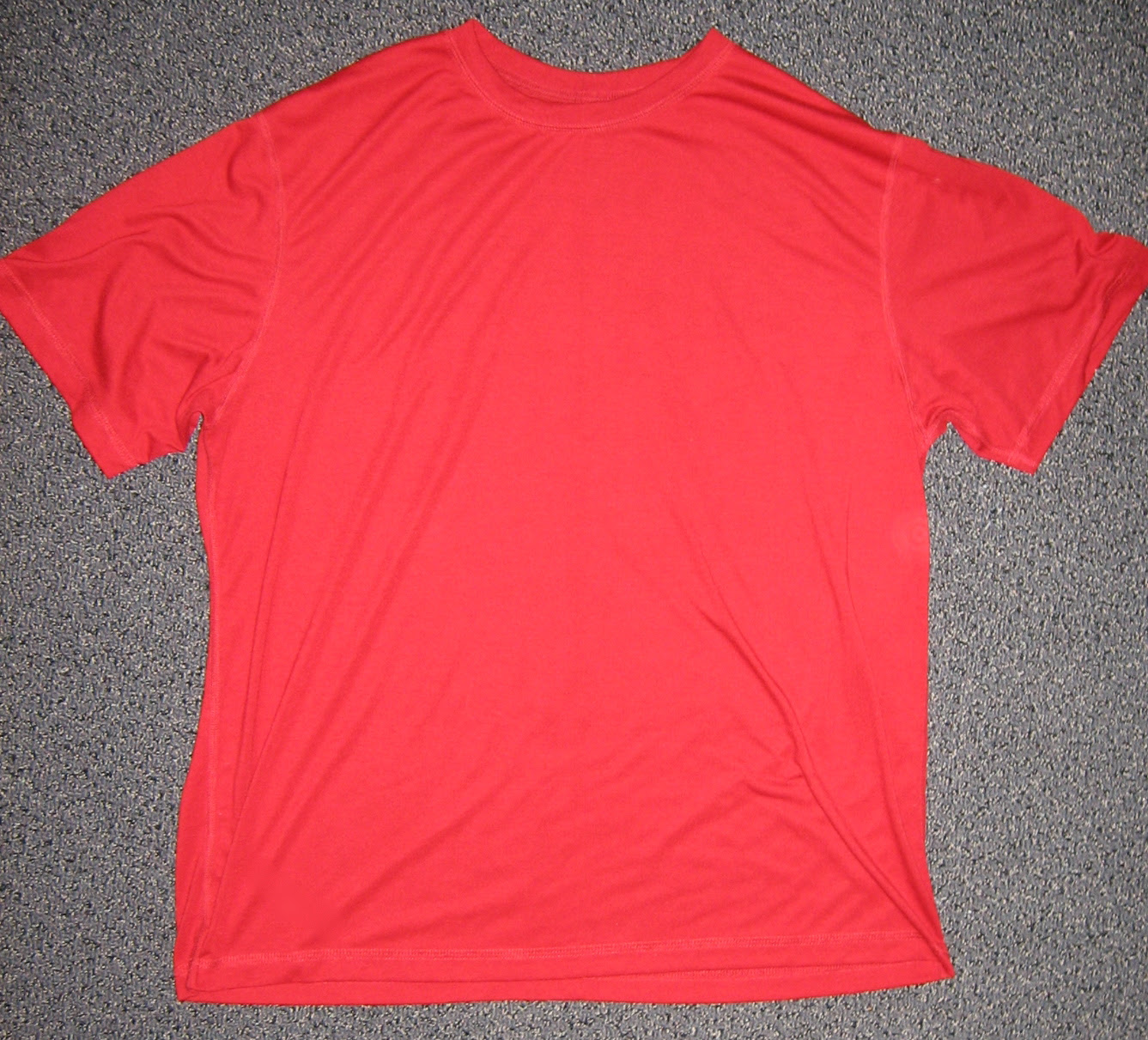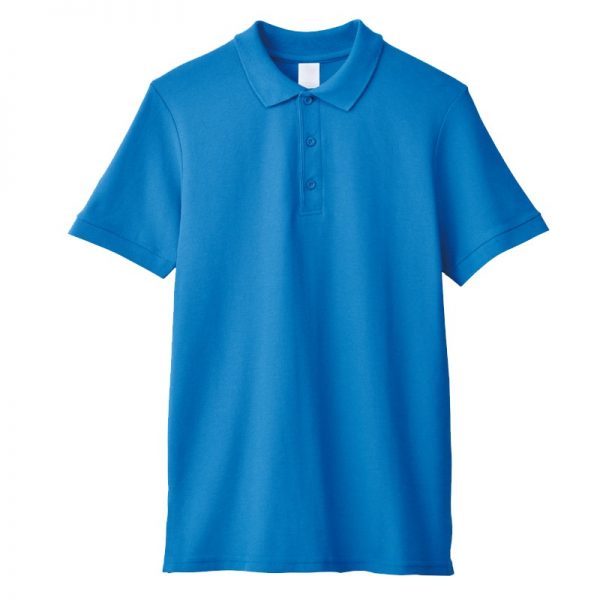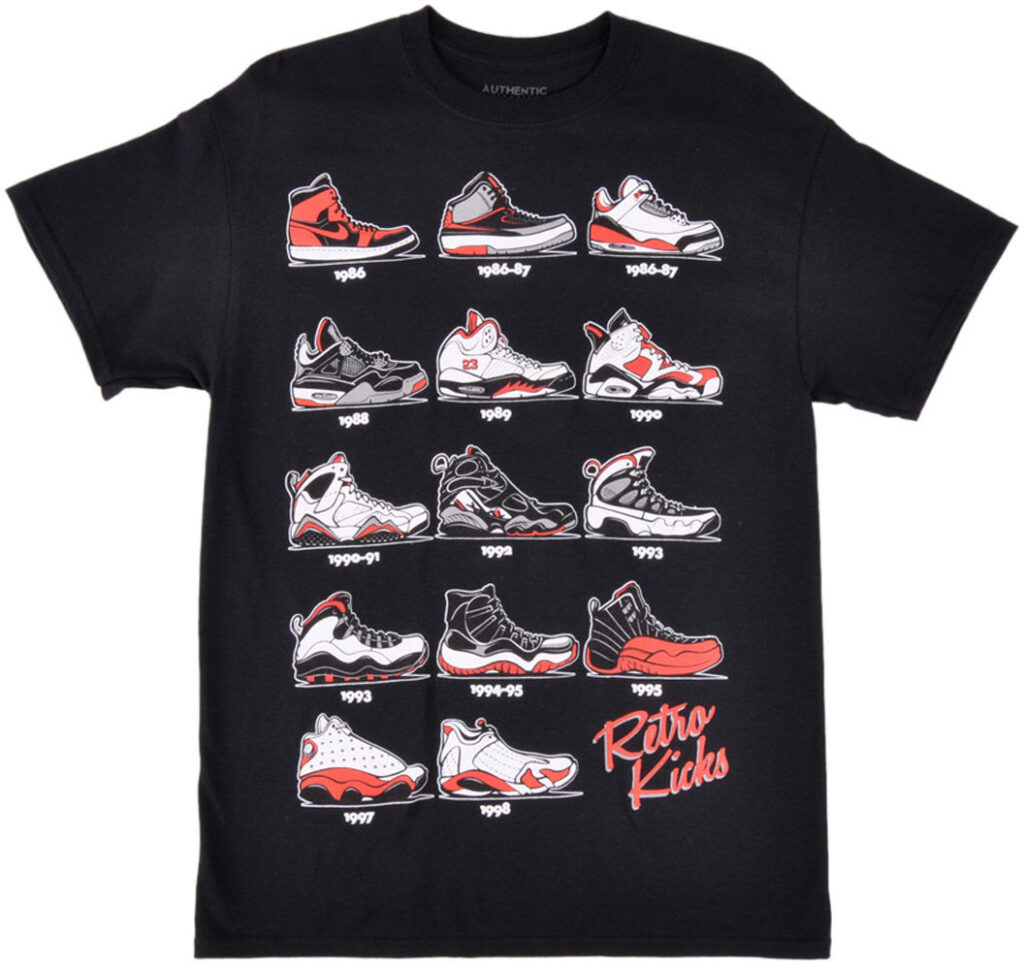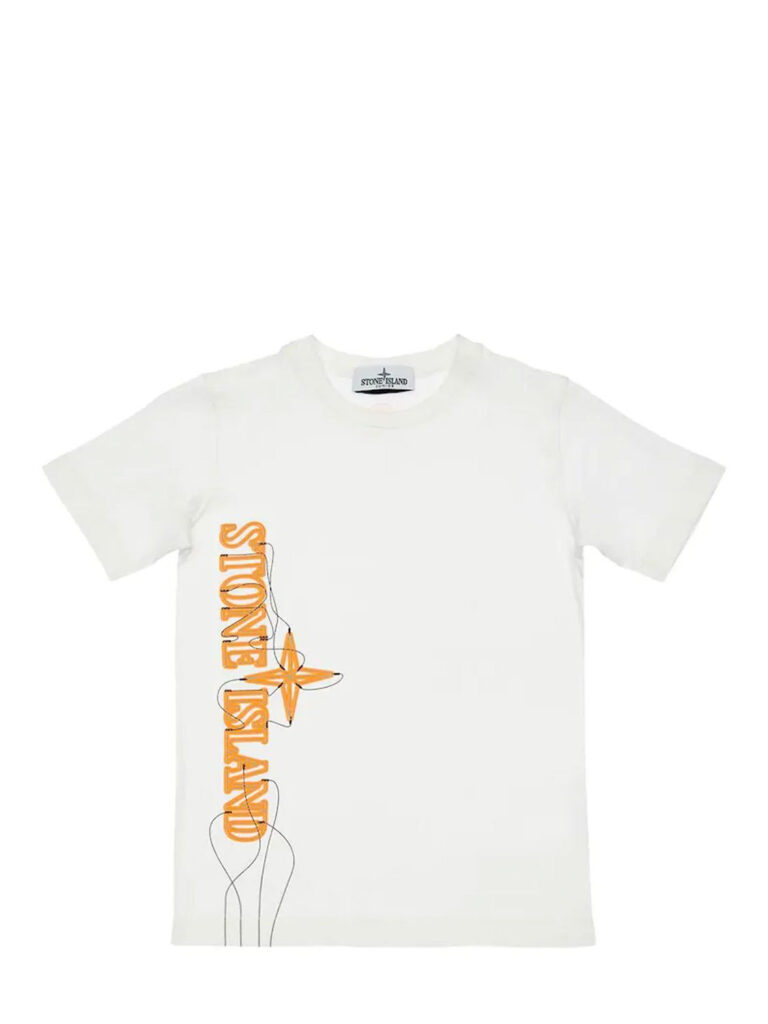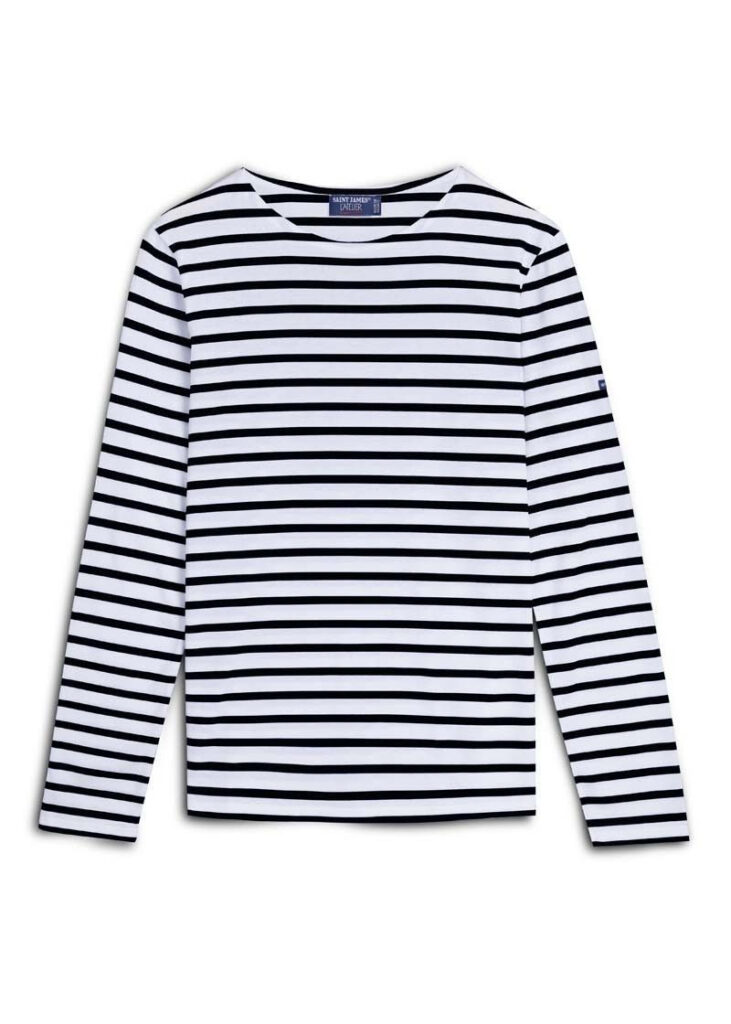Redshirt, in American college sports, is essentially a suspension or delayed of an active player’s participation until the year he has graduated from college. The term “redshirt” is not used officially in the Athletic Association of United States, but it is commonly used by college and high school athletic officials. The reason for this is because redshirts are considered an alternative jersey to the normal “practice jersey”, which is the uniform that most athletes wear during games and practice.
There have been arguments both about and in favor of the use of the term redshirt. Proponents of the use of the term redshirt claim that it is exclusive terminology used by the coaches and athletic administrators, thereby denying it usage by the players themselves. Opponents argue that it is a term open to misuse by the schools and players since there is no regulation or guideline as to the color of the shirt. It is also arguable that such a vague term opens the door for the schools and players to wear any shirt they want, whether it be red, white, blue, black or even orange.
For most schools, there is no law or rule that requires them to provide a medical waiver with regard to red shirting. However, some schools have policies that require them to do so if the student becomes ill within a four years of the start of the school’s athletic program. This policy is in place as a safeguard in case the player develops an illness while still in the program. If the illness is diagnosed and treated during that period, the school can claim compensation for medical expenses. The policy is typically found in the student handbook and is often mentioned specifically in the student insurance policy.
Since there are no formal rules about the color of the red shirt, it is up to the discretion of the coach or other team officials on the sidelines to decide which shirt to send home during a game. They could choose red shirted freshman, redshirts that are officially sold out or redshirts that are “respawned”. Even the school’s equipment manager has the right to make his own decision regarding which shirts to provide to players. He or she may prefer to supply all red or all white uniforms so that no matter which team is playing, their team will look the same. He or she might prefer the option of using the color blue since it is more likely to be recognized by fans.
One of the major concerns that many coaches and athletic directors have is whether or not the use of a medical redshirt violates the spirit of the sport itself. Some say that if a player wears a medical redshirt or a “medicine” shirt during a game, then that player is displaying a sense of professionalism. Others say that the fact that the player is wearing a redshirt indicating he or she is ill does not change the behavior. The bottom line is that the opposing teams can wear whatever they want but the home team has to wear a medical redshirt indicating that the player has a medical problem.
One major concern of college athletes is whether they can trade health insurance in for a redshirt. In order to be eligible for the college baseball season each year, an athlete must have signed a standard athletic contract. Unlike the football, basketball and volleyball contracts, the athlete has to have signed this contract by the summer of his/her senior year. If an athlete signs this contract after four years in high school or if he/she goes on to play four years in college, he/she has fulfilled all of the signatory responsibilities.
Since signing this standard athletic contract is required for four years of high school eligibility, most student athletes now receive the athletic coverage they need in order to keep their eligibility intact. During the year they have four years of eligibility, they have fulfilled all of the signing requirements to play college ball. Then, after having graduated from four years of college, the student athlete has the option of leaving the school and starting over again at another school. However, this is not always possible, especially if a student athlete wants to continue playing college baseball or football. There are now scholarships available for student athletes who are looking to finish their education, but do not wish to play college baseball or football.
If an athlete wishes to use this type of athletic eligibility, he/she must get started by declaring a major as a sophomore. After that, he/she must play for at least one season at the high school and one season at the university. An athlete is then allowed to play at the college level for four years. Once the athlete finishes his/her four years of collegiate eligibility, he/she will be eligible to apply for the athletic eligibility discount. This discount is only available if the athlete plays at least five years at the college level, so the younger the player, the better chance there is to receive this discount.

